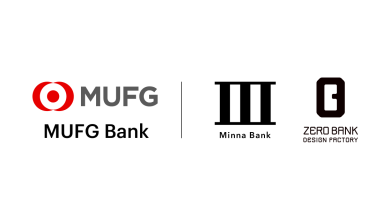
Consider yourself lucky if your company was “born in the cloud,” because cloud migration is a massively complex process for big enterprises, especially ones that have been around for a very long time.
With so many different applications with various lifecycles, teams may be involved in every stage of cloud adoption at the same time—migration, continuous modernisation, and optimisation. Furthermore, because such applications are always changing, the cloud journey has no visible “end.”
On the bright side, cloud adoption has become a necessary component of IT optimisation. Businesses can become more agile, reduce inefficiencies, and improve customer experiences by implementing cloud migration.
According to a Foundry study, the majority of businesses (69%) have expedited their cloud migration in the last year, and 60% felt that cloud capabilities helped them achieve greater and sustainable revenue. Stability and flexibility are more important today than they have ever been.

Start by Evaluating and Understanding
For cloud and IT projects to meet their aims for stability, flexibility, and even cost constraints, IT leaders should evaluate the assumptions that underpin their project planning. The IT infrastructure, starting with the operating system (OS), must be the outcome of deliberate choices.
With that in mind, here are three ways to consider where IT leaders can evaluate their current environment and options in order to consistently prepare for success:
#1: Evaluate your cloud project progress
Frequently, the plan for implementing new technologies does not reflect reality.
Organisations usually embrace new technology more slowly than they anticipated or in ways that are inconsistent with their original strategy. To determine whether your cloud strategy is currently successful, look at how your teams are implementing cloud projects and what criteria they’re using to choose an operating system.
If a project fails, it’s usually because it failed to meet any or all of the key objectives, such as:
- Cost management.
- Improved access.
- Rapid deployment.
Assess your projects’ past performance around these three categories (not simply initial outlays or performance) and try to determine how successful your recent cloud projects have been—and why they may have been less successful than projected.
#2: Understand your business needs
Lack of alignment about what matters is the number one reason new projects fail, especially between business and technical teams.
The first step should be to define your business priorities and how they relate to your strategic objectives. It is easier to maintain alignment between the business and technical teams when the project is launched and evolves if you have well-stated business objectives.
#3: What’s the underlying platform?
Everything begins with the platform you’re using, as it determines what you can or can’t do with your infrastructure, not just now but well into the future.
Even if you aren’t sure what operating system you’re using, your applications, services, and IT teams are all relying on its features and capabilities. Because your IT infrastructure relies on it, it’s critical to recognise and comprehend your operational environment across clouds and services. More on that in the next section.

Foundation for a successful cloud journey
The best practices and challenges that existed in on-premises systems still exist in cloud environments, and they are amplified. As infrastructure increases, it becomes more complex and difficult to manage and integrate.
Your company’s IT infrastructure is essential to its success. With the right operating system, you can improve performance, security, development speed, and future-readiness. With that in mind, make Red Hat the cornerstone of your cloud project’s success.
With Red Hat Enterprise Linux offering, you get:
- Consistent performance: Red Hat’s comprehensive performance monitoring, tracking, and analysis tools enable you to optimise your systems no matter what hardware or workloads you’re running.
- Security and compliance: To help meet today’s high security and compliance expectations, Red Hat Enterprise Linux contains built-in security capabilities such as live kernel patching, security profiles, security standards certification, and a trusted software supply chain.
- Automation and management: Red Hat Enterprise Linux comes with Red Hat Insights, a managed analytics and remediation service that provides constant vulnerability alerts and tailored assistance to help organisations maximise uptime and avert disasters.
Red Hat Enterprise Linux is the foundation of modern IT. If you want your cloud initiatives to achieve more than the targeted outcomes and help your company succeed and evolve, click here.





